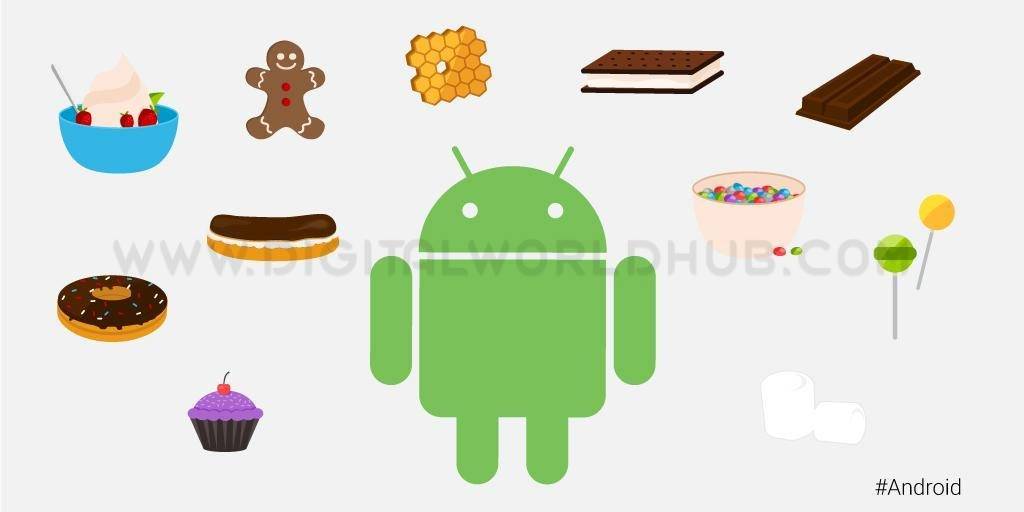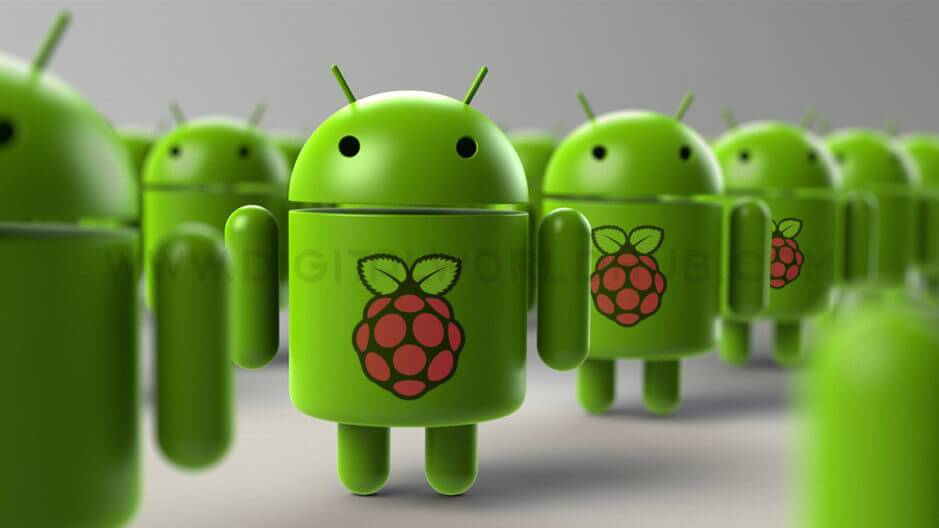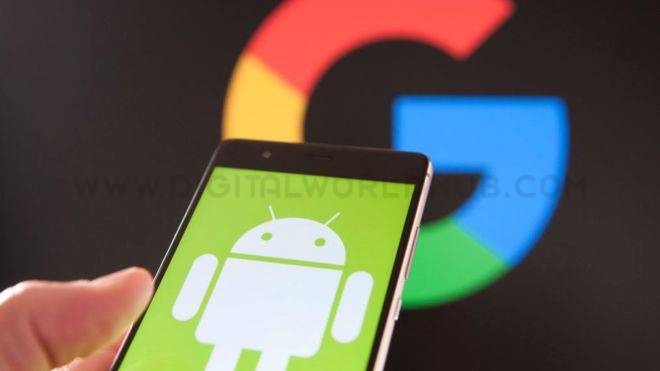Table of Contents
We are all very familiar with this word of Android. Now perhaps a little kid knows very well what Android is and what it is done with. Soon after listening to the word Android, there is a colorful user interface that comes in front of our eyes, PlayStation filled in millions of apps, thousands of games and an awesome operating system filled with extraordinary customization which is as easy as the interesting.
But all of you know that what we mean today is Android, or that Android was not always like that. If you are not more than that now, and an Android phone that is only 5 years ago or is shown, you might say it’s a boring user interface or annoying operating like this. There is no other system. However, this tune is about this year’s history of Android, that is, from the beginning of time, how did this Android OS become the Android OS?
Android 1.0 (2008)
This Android version must not have been a feature-packed Android that we are now, but there are some symmetries with the Android that we currently have. This is the first app store to add to this version of Android. Then its name was not “Play Store” though. And the notification bar and notification pulldown feature add to this version. Apart from this version, it is possible to use Widgets on the home screen in Android.
Android 1.5 (Cupcake) (2009)
Basically, from this Android version, Google officially started to name its Android versions in the name of sweet food. Apart from this version, Google Android add-on screen keyboard. Earlier, all Android-powered smartphones had to have a physical keyboard. Since then this update does not require a physical keyboard for Android. Apart from this update, widget support for third-party apps is provided. But the biggest change is that the video allows being in this version. Yes Previously, Android could not be captured on Android. Only photos could take.
Android 1.6 (Donut) (2009)
It was not a big update, but several features add to this update such as CDMA support. Apart from this version, Android could run on different types of screen sizes. Since this version, the splendid screen size has come in the Android mobile market. In addition, the Google search bar is embedded on Android in this version and the Android Store is redesigned to apps store.
Android 2.0 (Eclair) (2009)
It was a fairly big update. In this version, the Google Maps Navigation feature is added to Android and HTML 5 browser support is also provided in this version. In addition, there are some changes in the lock screen in this version. Swipe to Unlock is a lot like an iPhone on the lock screen.
Android 2.2 (Froyo) (2010)
With this Android version, Google introduces users to their Nexus device. Nexus One was the first device to get this update. In this version, the number of the home screen is extended to Android and the convenience of creating personal WiFi hotspots. The gallery app is also redesigned in this version. And the biggest impulse is to unlock the screen using the PIN code in addition to the pattern.
Android 2.3 (Gingerbread) (2010)
With the release of this Android version, Google and Samsung’s partnership also confirms that Samsung was the creator of the Nexus S release. Although this feature does not add too many features, almost all of the user interface is redesign or amplified. Besides, the biggest feature is to add support to the front-facing the camera.
Android 3.0 (Honeycomb) (2011)
This Android version was originally released for tablets. That is, with the help of this version, Android optimize to use the tablet. The software’s buttons were the biggest improvement in this version. That means add-on times on the screen.
Android 4.0 (Ice Cream Sandwich) (2011)
In this version, some of the features of the previous Android version were brought to the smartphone which was only for tablets. Such as on-screen button. Apart from this, some other small features additions, such as Face Unlock, Data usage count, and new apps redesign for mail, calendar, etc.
Android 4.1 (Jellybean) (2012)
This new Android era begins with Android Jelly Bean. The biggest feature of this update was Google Now. Previously, there was no Google Now Cards in Android version. This is now the beginning of Artificial Intelligence in Android through this Google Now. In addition, the maximum optimization did in Jelly Bean, so that Android’s Overall Smoothness, Touch performance, and Stability are much more impressive. This was the biggest update of Android at that time.
Android 4.4 (KitKat) (2013)
We are less familiar with this version of Android. Because this version still uses on many Android phones and being uses. This Android version is first released with Nexus 5. In this version, some user interfaces of Jellin are changing and redesigning. In addition, the phone dialer app in this version is further embodied. Also, the OK Google feature add to this version, which allows you to search Google anytime via voice command.
Android 5.0 (Lolipop) (2014)
This was Android’s Jelly Bean, the biggest update for Android. With this update, the new era of Android again. Almost everyone is familiar with this version. Because that’s the most widely uses Android version now. In this version, Google changes all its design elements. Google launched the Material Design for the first time in this version. Android Lollipop changes almost everything from Google Android with new animations, new icons, modern designs, and new colors. And with this update, Google launches Android TV.
Android 6.0 (Marshmallow) (2015)
This version basically fixes some problems of Android lollipops and improves them in a few places. In this version, Google offers officially fingerprint sensor support on Android. Also, like Windows PC, you can create multi-user accounts such as Android. There is also a new dose or deep slip mode for battery saver, and add new settings or features to many other places in Android which is not very noticeable.
Android 7.0 (Nougat) (2016)
The biggest feature of this update is the multi-window mode, which allows you to simultaneously use 2 apps at the same time. And in this version, Google adds a new feature which is the Vulcan API which will help you get better graphics performance during gaming. In this version, Google introduces itself to their own personal assistant with the name “Google Assistant” and is now very easy to do with Cortana and Siri’s competitors. Apart from this update, Google releases its new mobile device Google Pixel.





























